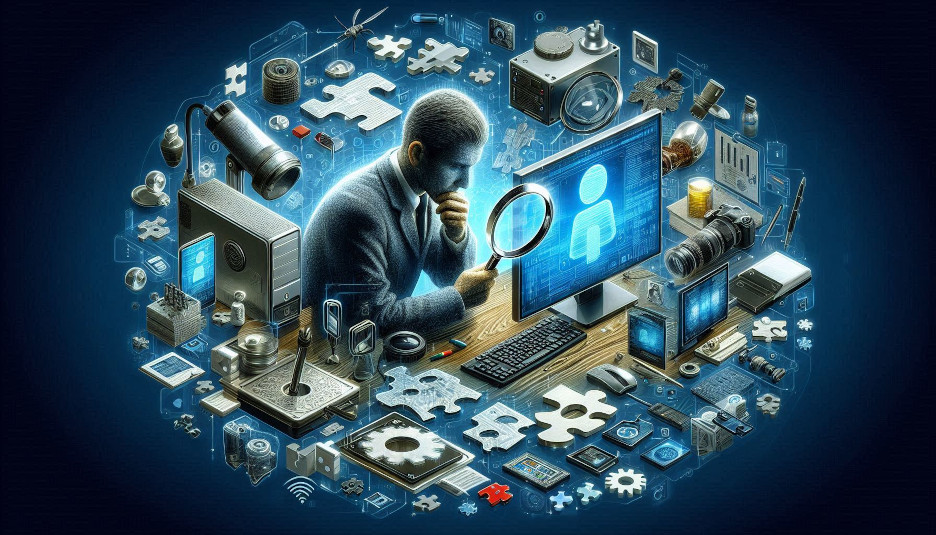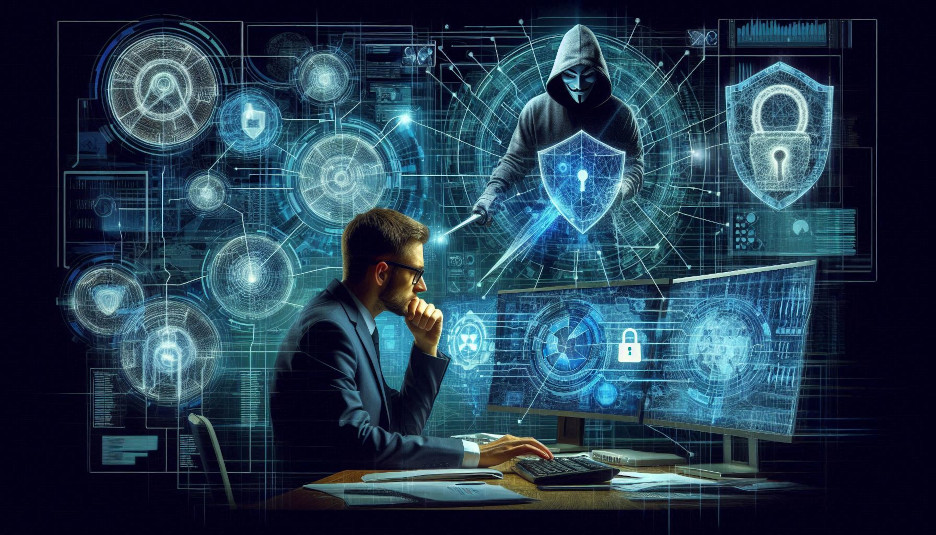Digital Forensics Analyst: Unraveling the Digital Puzzle
-
 Mark Dewan
Mark Dewan - 15 May, 2024

Digital Forensics Analyst: Unraveling the Digital Puzzle
In today’s digital age, cybercrime has become a significant global challenge. As cyberattacks become increasingly sophisticated, the demand for skilled digital forensics analysts has grown exponentially. These professionals play a crucial role in investigating cybercrimes by collecting, preserving, and analyzing digital evidence.
What Does a Digital Forensics Analyst Do?
A digital forensics analyst is responsible for examining digital devices and systems to uncover evidence of cybercrime. Their primary responsibilities include:
- Identifying and Collecting Digital Evidence: Identifying relevant digital evidence, such as hard drives, mobile devices, and network traffic logs.
- Preserving Digital Evidence: Creating forensic copies of digital evidence to maintain its integrity.
- Analyzing Digital Evidence: Extracting and analyzing data to uncover patterns, anomalies, and evidence of malicious activity.
- Creating Detailed Reports: Documenting findings and presenting evidence in a clear and concise manner.
- Testifying in Court: Providing expert testimony in legal proceedings.
A typical day in the life of a digital forensics analyst might involve:
- Responding to incident response calls
- Collecting digital evidence from various sources
- Analyzing data using forensic tools
- Writing detailed reports and presenting findings to law enforcement or legal teams
- Staying up-to-date on the latest forensic techniques and tools
Essential Skills for Digital Forensics Analysts
To succeed as a digital forensics analyst, you need a strong foundation of technical and soft skills:
Technical Skills:
- Computer Forensics Tools: Proficiency in using tools like EnCase, FTK Imager, and Autopsy.
- Network Forensics: Understanding network protocols and traffic analysis.
- Mobile Device Forensics: Extracting and analyzing data from smartphones and tablets.
- Data Recovery: Recovering deleted or damaged data.
- Programming and Scripting: Knowledge of programming languages like Python and scripting languages like PowerShell.
Soft Skills:
- Attention to Detail: Meticulous attention to detail is crucial for accurate analysis.
- Problem-Solving: The ability to identify and solve complex technical problems.
- Critical Thinking: Analyzing information and drawing logical conclusions.
- Communication Skills: Effectively communicating findings to technical and non-technical audiences.
- Time Management: The ability to manage multiple cases and meet deadlines.
The Digital Forensics Process
The digital forensics process involves several key steps:
- Identification: Identifying the digital devices and data sources relevant to the investigation.
- Preservation: Creating forensic copies of the digital evidence to maintain its integrity.
- Collection: Acquiring digital evidence using specialized tools and techniques.
- Examination: Analyzing the collected data to identify patterns and anomalies.
- Analysis: Extracting relevant information and reconstructing the timeline of events.
- Reporting: Documenting the findings in a clear and concise report.
The Future of Digital Forensics
As technology continues to evolve, so too does the field of digital forensics. Emerging trends, such as cloud computing, IoT, and artificial intelligence, are creating new challenges and opportunities for digital forensics analysts.
To stay ahead of the curve, digital forensics professionals must continuously learn and adapt to new technologies and techniques.
By embracing innovation and staying informed about the latest trends, digital forensics analysts can play a vital role in solving complex cybercrimes and ensuring the integrity of digital evidence.


